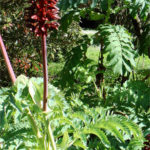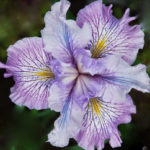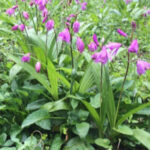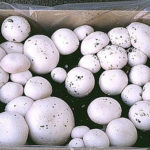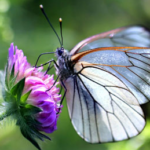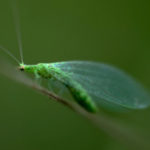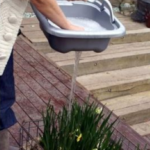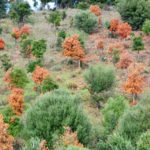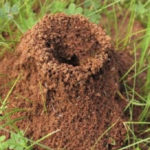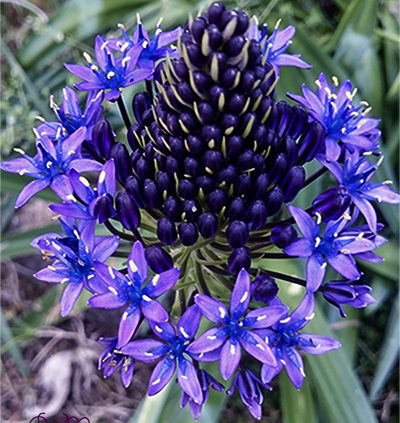
Scilla Peruviana Bulb Tips
Scilla Peruviana Growing And Caring Conditions
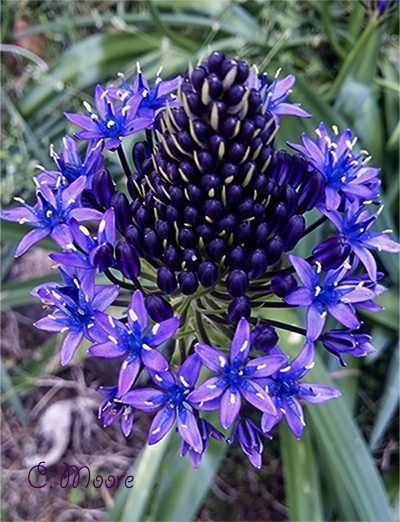 The Scilla Peruviana or Portuguese Squills or summer skies are bulb-bearing herbaceous perennial plant belonging to Asparagaceae family. It is native to the Mediterranean region in Italy, Iberia and Northwest Africa. This striking plant is not from Peru and the name is a misnomer. It has a reliable flowering habit. The bulbs of the plant are 6-8 cm in diameter and the dark green leaves are narrow and lance-shaped. The plant produces flower heads of heavy packed gorgeous starry violet and blue flowers in large conical racemes. The flowers are supported by very thick stems and some varieties can bloom as late as early summer. The flowers on the plant are not top heavy enough to demand staking. The flowers are 1.5 cm wide and have 6 petals. The flower stem grows to a height of 15-40 cm. There will be 40-100 flowers in a raceme. This ornamental plant is mainly grown for the flowers produced in spring and are mainly used as flower borders or in raised garden beds. There are different cultivars of the plant available each variety with a different flower colour.
The Scilla Peruviana or Portuguese Squills or summer skies are bulb-bearing herbaceous perennial plant belonging to Asparagaceae family. It is native to the Mediterranean region in Italy, Iberia and Northwest Africa. This striking plant is not from Peru and the name is a misnomer. It has a reliable flowering habit. The bulbs of the plant are 6-8 cm in diameter and the dark green leaves are narrow and lance-shaped. The plant produces flower heads of heavy packed gorgeous starry violet and blue flowers in large conical racemes. The flowers are supported by very thick stems and some varieties can bloom as late as early summer. The flowers on the plant are not top heavy enough to demand staking. The flowers are 1.5 cm wide and have 6 petals. The flower stem grows to a height of 15-40 cm. There will be 40-100 flowers in a raceme. This ornamental plant is mainly grown for the flowers produced in spring and are mainly used as flower borders or in raised garden beds. There are different cultivars of the plant available each variety with a different flower colour.
The cultivars
The cultivars of the plant come with white, light blue, dark blue or mauve flowers. Flowering time varies which each species. The common cultivars include:
- Scilla Peruviana ‘Alba’ with glistening white fragrant flowers.
- Scilla Peruviana ‘Blue Midnight’ with very dark blue. Looks fabulous as a centre attraction of a sand saucer floral arrangement.
- Scilla Peruviana Hughie with soft blue or purple shaded flowers, which are good as cut flowers.
- Scilla Hyacinthoides with bluish purple flowers produced on flowering stalks which are 50-80 cm long.
How to grow Scilla Peruviana?
The Portuguese Squills are hardy plants that can easily grow in areas where there is full or partial sun. Grow them in moist, well-drained and humus rich soil. They like neutral and alkaline soil and will grow well in loamy and sandy soil. They need average watering and have the habit of forming clumps. Once the clumps become large, it is ideal to lift and divide the clumps once the foliage dies during the autumn season.
Planting Scilla Peruviana
- The Scilla Peruviana bulbs enjoy good drainage and do not grow in waterlogged soils.
- Prepare the outdoor flower bed by mixing the soil with organic manure or compost. Dig holes of 3 to 4 inches depth in the soil. It is recommended to pace each plant 4 to 5 inches apart.
- Place and plant the bulbs in such a way, in the hope that the small points on the top stay face up.
- After planting the bulbs, water the soil so that the soil settles around the bulbs.
- The roots will start to develop during the autumn season and the leaves and flowers will start to show up during the autumn and spring season.
The same is the procedure to be followed for planting the Portuguese Squill in pots, tubs and containers.
Caring tips for Scilla Peruviana
Not a great deal of care is needed to grow these easy to care for bulbs. They grow, flower and naturalise happily by themselves. During and after the plant blooms, you can cut the flowers to use in flower bouquets. Cutting the flowers will not hurt the plant. When the flowers die, you can cut them off. Once the blooming period is over, do not cut off the foliage of the plant. Water the plant whenever necessary during its growing period. The leaves will turn yellow and die back during the early or mid summer. This is time to remove the foliage. Once the growing season begins, the foliage will start to grow again.



